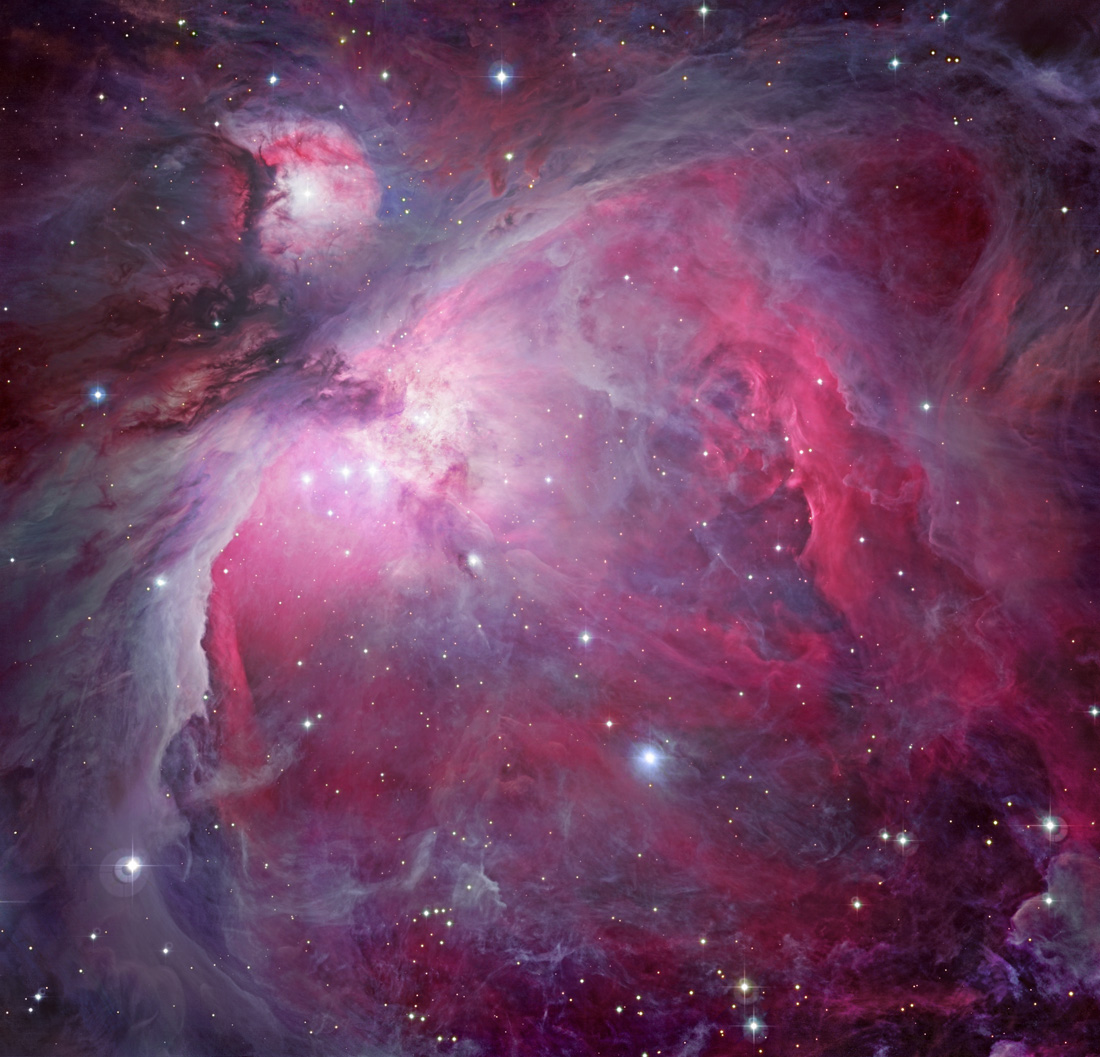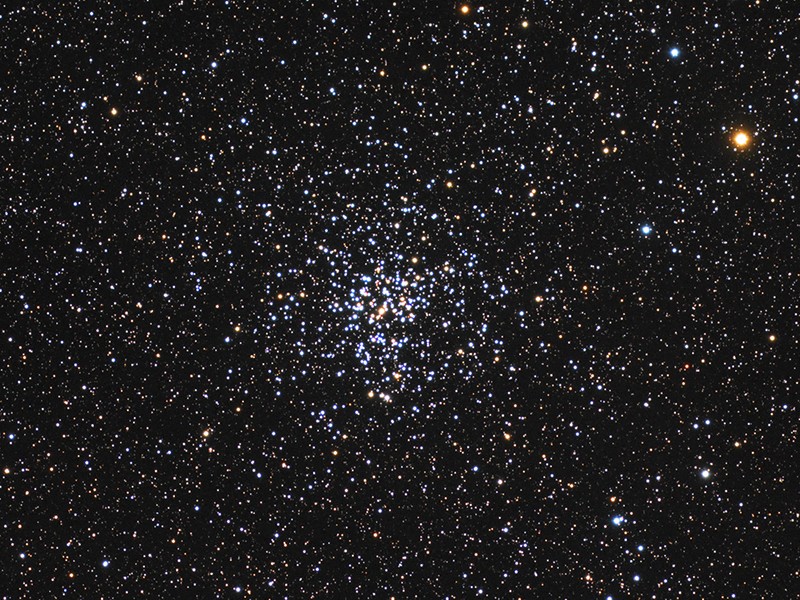Alex Cherney, that's a great vimeo!



I was glad to a nice RGB image of the interesting galaxy M106, NGC 4258. It is known for its water masers, which apparently originate from its central black hole. I think its distance has been determined thanks to those water masers, too. Myself, I particularly like what I learnt from old James D. Wray, namely, that M 196 has a "fossil" arm (or a "fossil patch", perhaps). It is the aqua-colored patch just below the row of pink emission nebulae at the upper edge of the yellow disk. The aqua-colored patch is dominated by the light of A- and F-type stars, but it contains few B-type stars and no O-type ones. It is a "post-starburst" part of M 106. But as you can see, the star formation continues along the pink emission nebulae above the fossil patch.
The picture of the Small Magellanic Cloud is unusually nice, too. It is beautifully resolved and really shows off the emission nebulae of this diminutive galaxy. On the other hand, it also shows the rather large part of the galaxy where no new stars are being born. As far as I can understand, much of the gas that used to belong to the SMC has been driven out of it, mainly because of interaction with the LMC.
I like the "star color image" of Orion. Rigel is noticably less blue than the other bright blue stars of the Hunter. To me, one of the "bluest experiences" of Orion has been Lambda Orionis, at the upper right of salmon-colored Betelgeuse. Lambda Orionis looks satisfyingly blue here. Also note the little red star to the right or upper right of Orion's Belt. There is a carbon star about there, and it might be called W Orionis (but I don't have the energy to look it up right now) and it is a nice star, though it doesn't look all that red in the eyepiece.
Ken Crawford and Robert Gendler, ... your images are very nice, and I particularly like the image of NGC 2023. I haven't seen closeups of that nebula very often, and details in your image are great, Ken.
Ann















